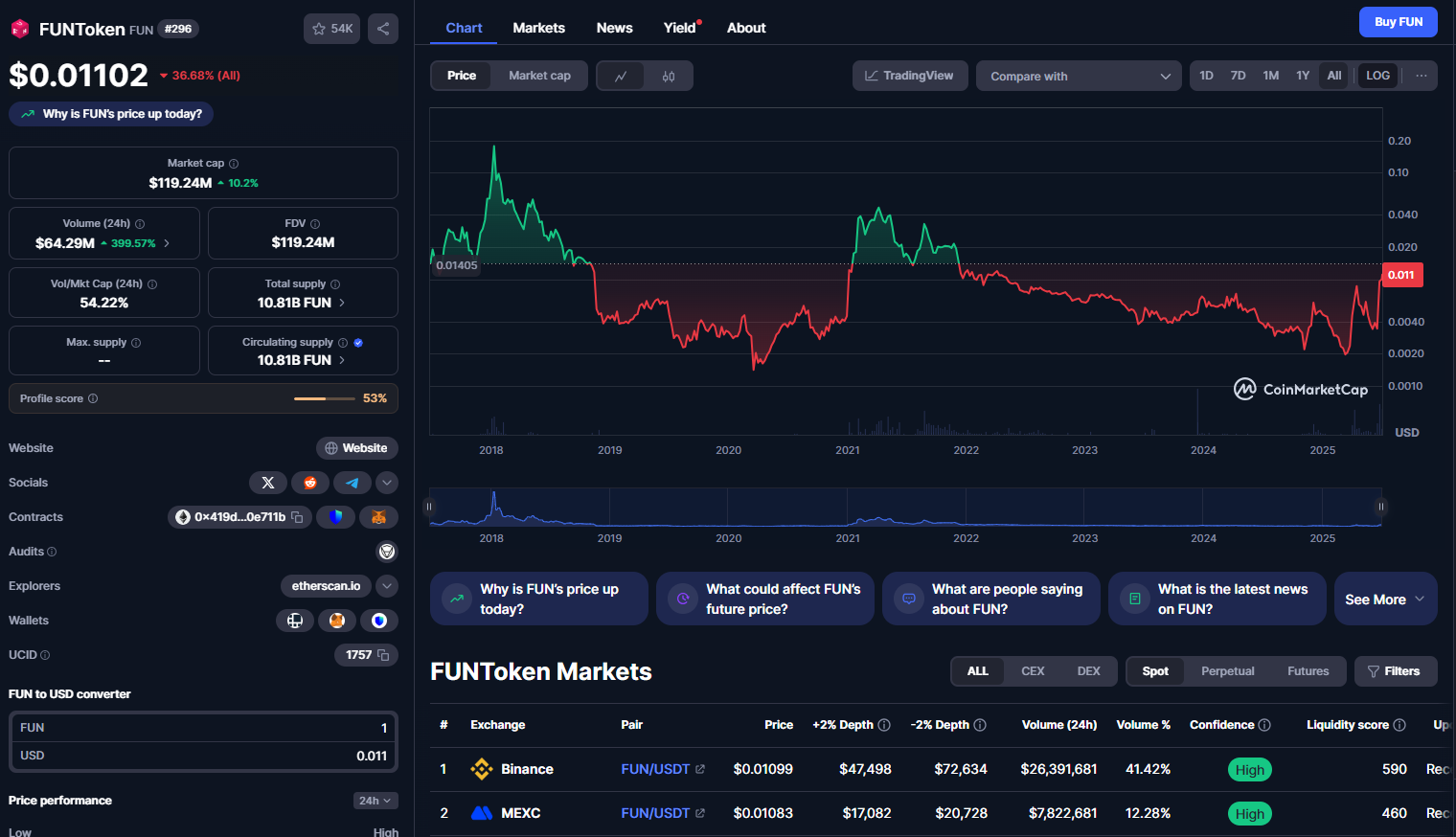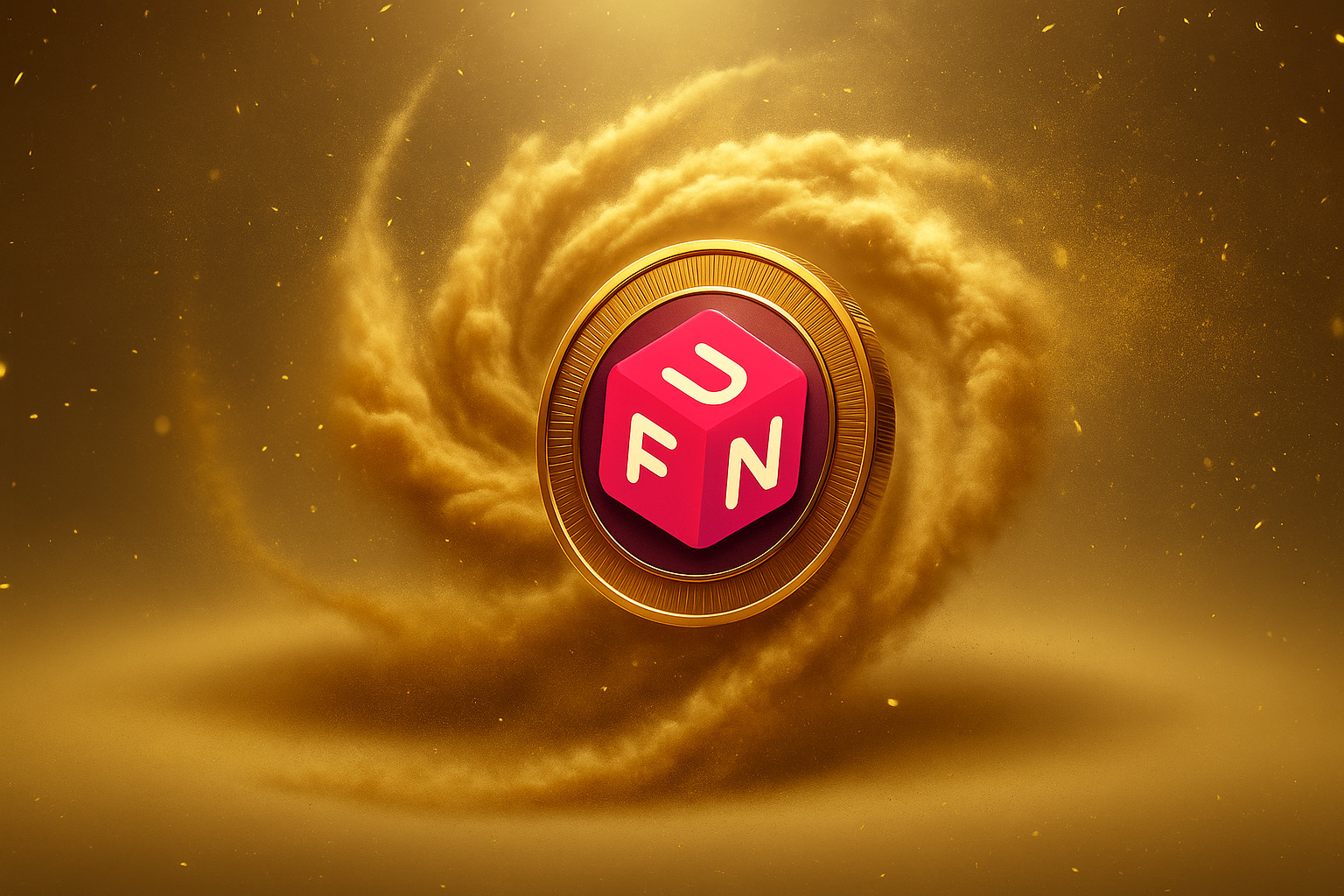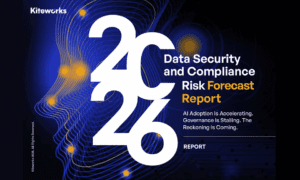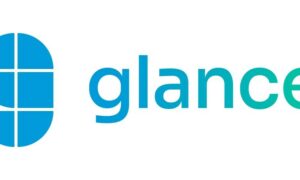In the crypto sector, the word ‘burn’ often sparks a flurry of headlines and temporary price spikes. Yet too often, token burns amount to little more than short-lived marketing events, with little follow-through or structural impact on a project’s fundamentals. FUNToken has taken a very different approach.
The recent reduction of circulating supply is not a superficial gesture. Instead, it is part of a deliberately engineered system that connects revenue generation, deflationary pressure, and consistent user growth.
This design is important because it signals a maturing ecosystem. Rather than relying on speculative hype, FUNToken has structured its economic incentives to reward real participation, create predictable scarcity, and reinforce community trust. The result is a project with stronger foundations, measurable adoption, and a roadmap that delivers progress in stages rather than empty promises.
As of today, FUNToken trades around $0.0110, with a daily trading volume of about $60 million and a market capitalization hovering near $120 million.

These figures represent more than mere market momentum. They reflect months of focused execution, from supply cuts to growing user engagement and verifiable security audits.
A Deflationary Mechanism Rooted in Revenue
Many projects in the play-to-earn and DeFi spaces announce token burns that are funded from treasury allocations or token reserves. This can appear impressive in the short term, but often fails to create lasting value because the burn has no connection to genuine platform activity.
FUNToken’s model stands apart because every supply cut is revenue-backed. The most recent example occurred on June 24, when the project burned 25 million FUN in a single transaction. This reduction represented approximately 0.23 percent of the circulating supply. Unlike purely promotional burns, this event was directly financed by platform revenue, fulfilling a commitment to allocate 50 percent of earnings to buybacks.
The significance of this approach is that deflation is tied to adoption. As more users engage with the ecosystem – particularly through the Telegram $FUN AI bot and upcoming free-to-play gaming experiences – revenues increase. As revenues increase, so does the scale of quarterly burns.
This creates a feedback loop that incentivizes all participants to contribute to the platform’s growth, knowing that their activity helps to reduce circulating supply in a transparent and sustainable way.
CertiK Verification and Immutable Contracts
Supply reduction has little meaning if the underlying smart contract can later be altered or if new tokens can be minted at will. This is why FUNToken’s decision to complete a comprehensive CertiK audit has been so important.
The audit confirmed that the smart contract is immutable, with no minting backdoors or hidden permissions. This guarantees that when tokens are burned, they are permanently removed from the supply. Additionally, the project has implemented CertiK Skynet monitoring, which continuously tracks contract behavior and flags any irregularities.
Why Cosmetic Burns Fail and Strategic Burns Succeed
One of the most common pitfalls in tokenomics is the reliance on cosmetic burns to create a perception of scarcity. These burns often involve moving pre-allocated tokens to a burn address, but without any connection to platform revenue or adoption milestones.
In contrast, FUNToken’s supply reductions are part of a broader economic recalibration strategy. Each burn reflects real earnings, which means the project’s growth fuels its deflationary model. This ensures that supply cuts are repeatable and proportional to actual engagement.
When a burn is cosmetic, it provides no additional reason for users to stay active. It does not reinforce trust or show that user participation matters. FUNToken’s system solves this by making each user action part of the deflationary story. From quiz participation in the AI bot to upcoming gaming interactions, every transaction has the potential to increase revenue and trigger future supply cuts.
Roadmap Tied to Deflationary Outcomes
The FUNToken roadmap is not an open-ended list of aspirations. It is a staged plan that links new features to token velocity and revenue streams.
In Q3 to Q4 of 2025, the team plans to release a dedicated mobile wallet with in-app staking, real-time balance tracking, and simple token swap capabilities. This product will serve as a central hub for user engagement, allowing participants to manage their earnings without the complexity that usually accompanies decentralized wallets.
By the end of Q4 2025, the project intends to scale to more than 30 free-to-play gaming titles. Each of these games is designed to replicate familiar Web2 experiences while introducing token-based incentives. As more players spend time in these games, transactional volume is expected to increase. This, in turn, boosts platform revenue, leading to more substantial quarterly burns.
In Q1 2026, FUNToken aims to reach the milestone of 1 million active wallets. Plus, to solidify its presence in the gaming community, there is a plan to host a Gaming Summit. This target underscores the project’s ambition to become a mainstream platform for both gamers and casual participants who want to earn tokens through everyday activity.
Community Engagement Through the Telegram AI Bot
One of FUNToken’s most effective tools for bridging the gap between Web2 and Web3 is the AI-powered Telegram bot. This program has now surpassed 110,000 active users, according to AInvest and Binance coverage.
Participants can earn $FUN by completing simple tasks like quizzes, answering polls, and participating in daily discussions. This micro-incentive model feels familiar to anyone who has used loyalty programs or in-app reward systems in Web2 games.
Conclusion
FUNToken’s supply cut is not cosmetic. It is a carefully planned economic recalibration that aligns incentives across the ecosystem. From the AI-powered Telegram bot to the mobile wallet on the roadmap, every component of the platform is designed to create value and drive revenue.
As revenues grow, quarterly burns will continue to reduce circulating supply, reinforcing the token’s scarcity and supporting long-term price stability. CertiK’s verification and Skynet monitoring guarantee that every supply reduction is permanent and transparent.
Note: The price mentioned was accurate at the time of writing (July 3, 2025) and may have changed since



































